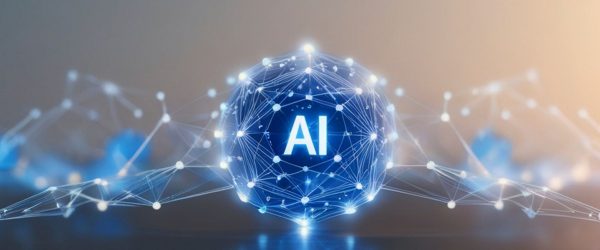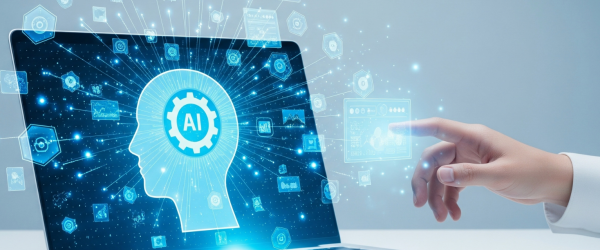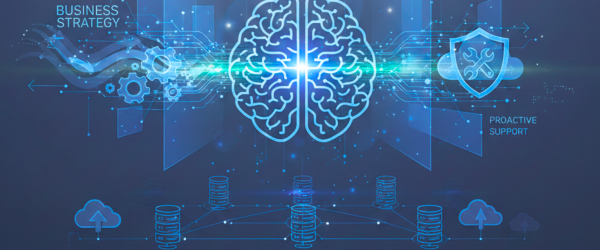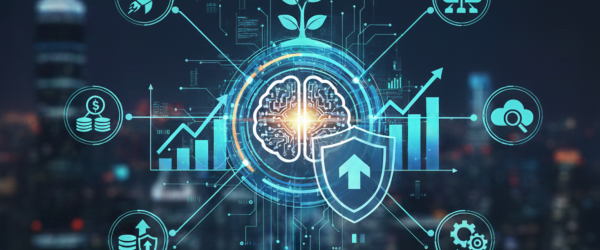Introduction
The IT services landscape is undergoing a seismic shift. We are moving beyond the era of simple cloud migration and basic helpdesk support into a new paradigm where technology manages itself, predicts problems, and drives business value autonomously. This transformation is fueled by the powerful convergence of three foundational technologies: Cloud Computing, Hyper-Automation, and Artificial Intelligence (AI).
For business leaders and IT professionals, understanding this convergence is no longer a speculative exercise—it’s a strategic necessity. This blog will explore how the fusion of these forces is creating a future of IT services that is profoundly more proactive, intelligent, and integral to business success.
The Foundation: Cloud as the Digital Fabric
Cloud computing has evolved from a mere storage solution to the universal fabric upon which modern digital businesses are built. It provides the scalable, on-demand infrastructure that makes advanced automation and AI economically and technically feasible.
- The Scalability Imperative: The cloud’s elastic nature allows AI and automation tools to access vast computational power when needed, without massive capital investment.
- Data Accessibility: Centralized data in the cloud is the essential fuel for training AI models and powering automated workflows.
Stat to Consider: Gartner predicts that “by 2025, 85% of organizations will embrace a cloud-first principle, and over 95% of new digital workloads will be deployed on cloud-native platforms.”
The Engine: Hyper-Automation for End-to-End Efficiency
Automation in IT services is moving beyond simple scripts. Hyper-automation involves orchestrating multiple automation tools (RPA, iPaaS, AI) to automate complex, end-to-end business and IT processes.
- From Reactive to Proactive: Automated systems can now handle everything from server provisioning and patch management to user access requests without human intervention.
- Incident Resolution: Automated playbooks can diagnose and resolve common IT incidents, such as restarting a failed service or clearing a disk space alert, often before an end-user notices a problem.
Stat to Consider: A report by Deloitte found that “53% of organizations have already started their Robotic Process Automation (RPA) journey, and this is expected to climb to 72% in the next two years,” indicating the rapid adoption of automated workflows.
The Brain: AI and Machine Learning for Predictive Intelligence
This is the layer that truly defines the future. AI and Machine Learning (ML) infuse IT services with predictive and cognitive capabilities, transforming them from a support function into a strategic partner.
- AIOps (Artificial Intelligence for IT Operations): AIOps platforms analyze data from various sources to detect anomalies, predict outages, and pinpoint the root cause of issues with superhuman speed.
- Intelligent Security: AI-powered systems analyze network traffic in real-time to identify and neutralize sophisticated cyber threats like zero-day attacks.
- Personalized User Experience: AI can analyze individual user behavior to proactively offer support or optimize their digital workspace for productivity.
Stat to Consider: According to MarketsandMarkets, the “AIOps platform market size is expected to grow from USD 19.8 billion in 2023 to USD 59.8 billion by 2028,” highlighting the massive investment in intelligent IT operations.
The Converged Future in Action: A Day in 2025
To understand the impact, imagine a near-future scenario: An employee’s laptop is running slowly.
- An AI-powered monitoring tool (AI) detects the performance dip and analyzes the root cause: a memory leak in a specific application.
- It automatically triggers an automation script (Automation) that safely closes and restarts the application, restoring performance.
- The event log, along with terabytes of other operational data, is stored and analyzed in a cloud data lake (Cloud) to refine the AI’s predictive model for the future.
- The IT team received a resolved ticket with a full root-cause analysis, and no user productivity was lost.
This is a simple example of a self-healing system—the ultimate goal of this convergence.
The Evolution of IT Service Management
| Era | Primary Focus | Key Enablers | Manual effort, phone calls, and on-premise tools. |
|---|---|---|---|
| Reactive (Past) | Fixing what breaks. | Cloud monitoring, basic automation, and ticketing systems. | High downtime, high costs, IT as a cost center. |
| Proactive (Present) | Preventing problems. | AIOps, predictive analytics, and integrated cloud platforms. | Reduced downtime, improved efficiency. |
| Predictive (Emerging) | Knowing what will break. | Self-healing systems, IT as a business driver, and continuous optimization. | Minimal disruption, data-driven insights. |
| Prescriptive & Autonomous (Future) | Automatically fixing what will break. | Converged Cloud, AI, and Hyper-Automation. | Self-healing systems, IT as a business driver, continuous optimization. |







